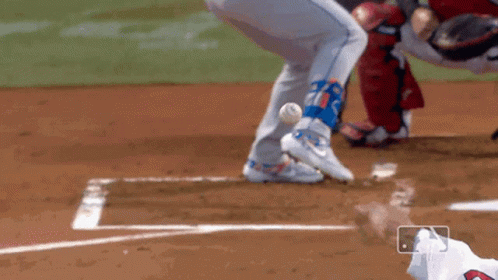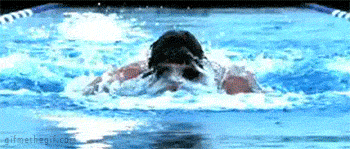
Everyman, David Wells, throws a perfect game for the New York Yankees in May of 1998.Therefore, it's a no-brainer to master the appropriate mechanics behind the specific muscles that allow one to put up McDonald's-strata numbers on the field of play. This is referred to as sport-specific training.
Sports require different training physical demands that are different from the general weightlifting performed in a gym. BBC posted a chart to offer a list of how this all works.
|
Name |
Function |
Example in sport |
|---|---|---|
|
Triceps |
Extend the arm at the elbow |
Press-up, throwing a javelin |
|
Biceps |
Flex the arm at the elbow |
Pull-up, drawing a bow in archery |
|
Deltoids |
Move the arm in all directions at the shoulder |
Bowling a cricket ball |
|
Pectorals |
Adduct the arm at the shoulder |
Forehand drive in tennis |
|
Trapezius |
Hold the shoulders in place, move head back and sideways |
Holding head up in rugby scrum |
|
Gluteals |
Adduct and extend leg at the hips |
Pulling back leg before kicking a ball |
|
Quadriceps |
Extend the leg at the knee |
Kicking a ball, jumping upwards |
|
Hamstrings |
Flex the leg at the knee |
Bending knee before kicking a ball |
|
Gastrocnemius |
Pointing the toes, help to flex the knee |
Running |
|
Latissimus dorsi |
Adduct and extend the arm at the shoulder |
Butterfly stroke in swimming |
|
Abdominals |
Flex the trunk across the stomach |
Pulling the body down when hurdling |
Baseball
Although baseball is a sport that relies more on technical aptitude and hand-eye coordination rather than brute strength; high-level performance still requires development of core muscles (abdomen, trunk and hips), and strong shoulders to keep arms throwing smoke.
While many fans equate big biceps with towering home runs, baseball’s premier sluggers get most of their power from strong forearms and wrists, not massive upper arms.

Strong wrists provide improved bat control and create whip action through the hitting zone. Pitchers also benefit from strong forearms and wrists, which allow them to grip the ball better and execute pitches with movement and precision.
Football
Perhaps one of the most brutal, physically demanding, glorious, and entertaining sports out; football utilizes the entire body in a full-blown combat scenario.

Your glutes, quadriceps and hamstrings provide the force behind many football movements, such as running routes, chasing down a ball carrier, or hurdling a defender.
When you’re engaged with an opponent, it’s your chest and shoulders that are involved in pushing forward. Quarterbacks use their abs and obliques when they throw the ball, as they twist upon release.
Golf
Golf is one of the few sports you can play into your 60s, 70s and beyond. This particularly difficult game is also the best way for most high-level executives to display their technical prowess.

A golfer certainly needs to be able to have both strength and flexibility in the forearms, upper arms and shoulders in order to crush those long drives. At the same time, abdominal muscle development helps to maintain control of the direction and lift on the golf ball.
Basketball
Dribbling the ball requires a substantial development of the muscles in the hands and wrists, as well as the forearms, shoulders and upper arms. In addition, running requires a build up in the strength and stamina of the leg muscles.

People who play basketball often will develop muscles across the shoulders because of the constant lifting motion for the basketball and the raising of arms to defend. Weight-training workouts can also improve performance by strengthening the muscles that power basketball moves like sprinting, jumping, dunking and shooting.
Swimming
Swimming is another complete body workout, where you will see a buildup in the muscles of the shoulders, chest and arms. Strong muscles in the hips and thighs are required to swiftly move through the water.

The ability to move around the court quickly, requires legs, thighs and calf muscles that are trim and fit. The back, shoulders, and arm muscles required to leap, reach and use both a forehand movement and backhand stroke are particularly important in players as well.

Hockey
Hockey is first and foremost a lower-body and core muscle workout because skating is the main component of the sport.

Skating primarily uses the glutes, quadriceps, adductors, and hamstrings. In-game movement and action will also require you to use your core muscles, while shooting and passing the puck relies on your arm and trunk muscles.
Regardless of your sport; being at the top of your game requires putting in work and constant training. Don't slack.





